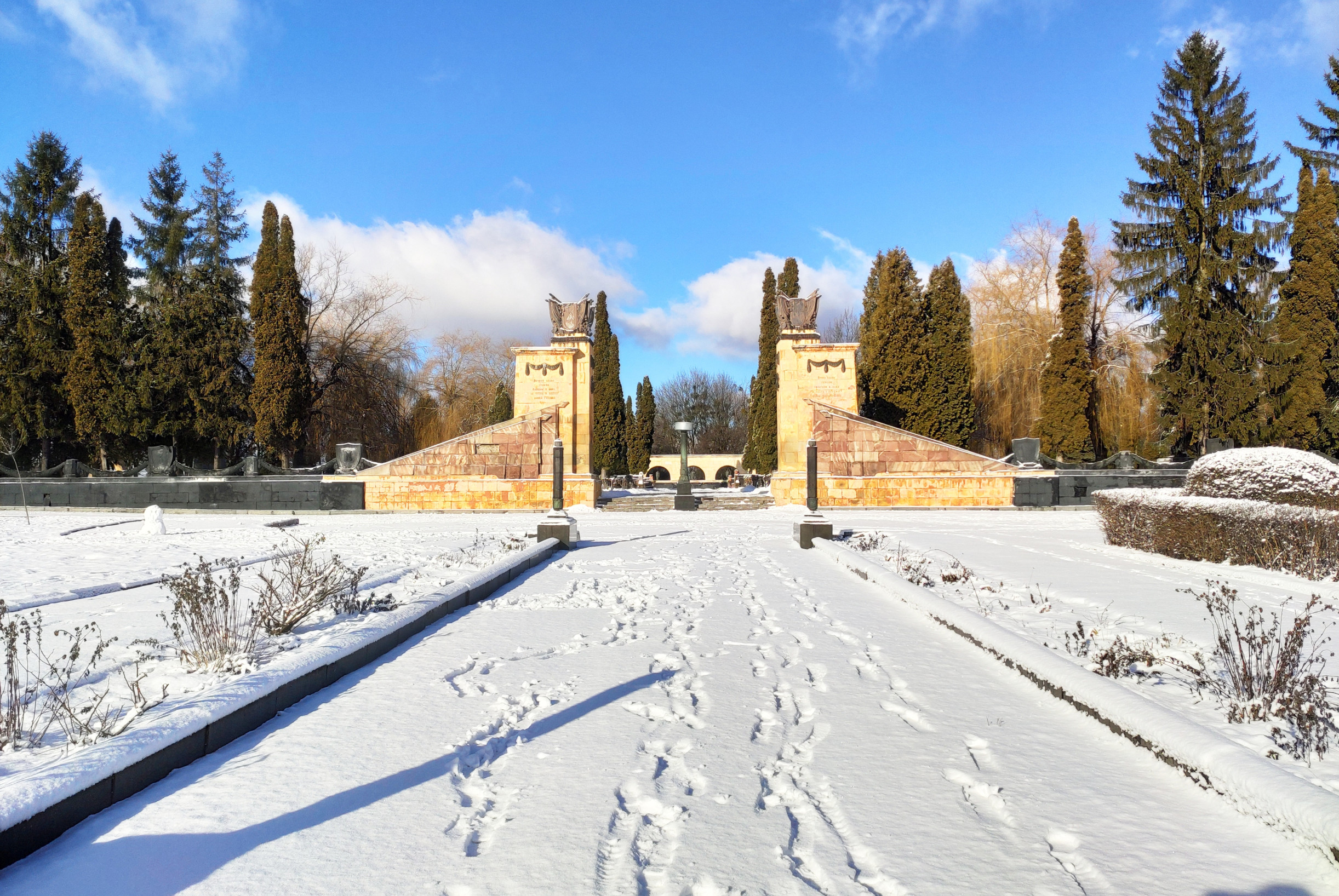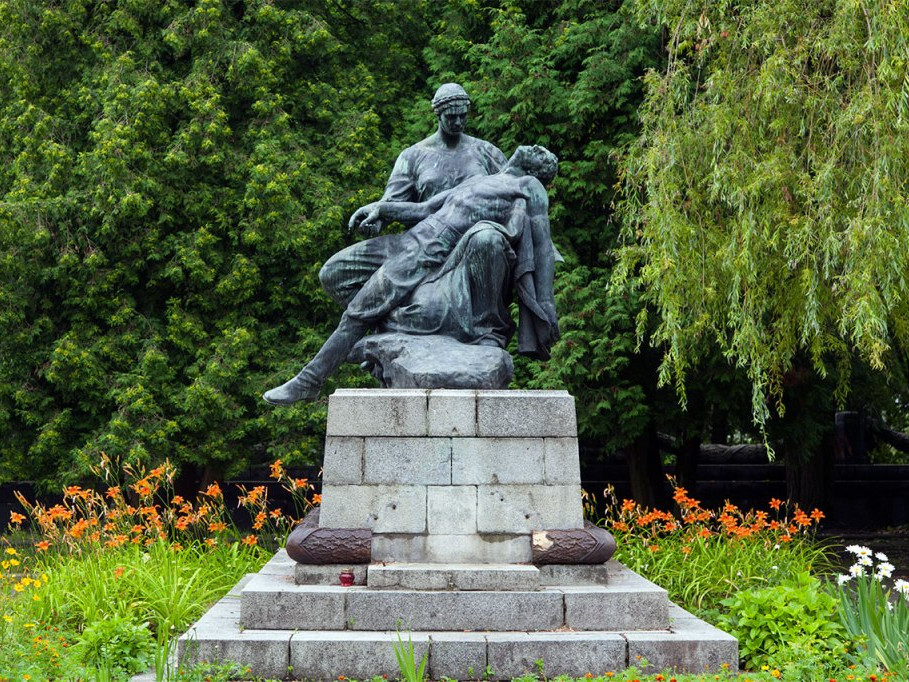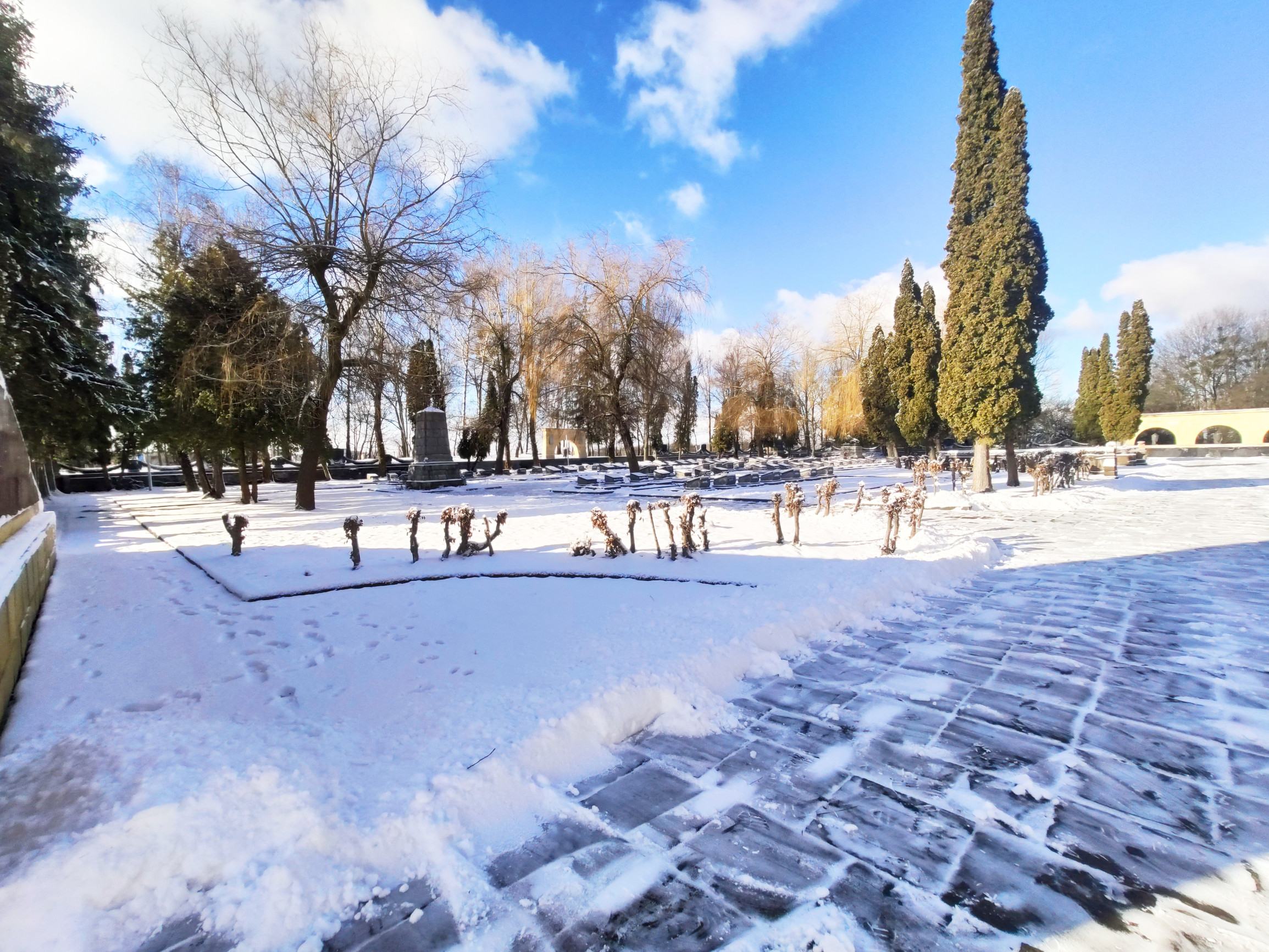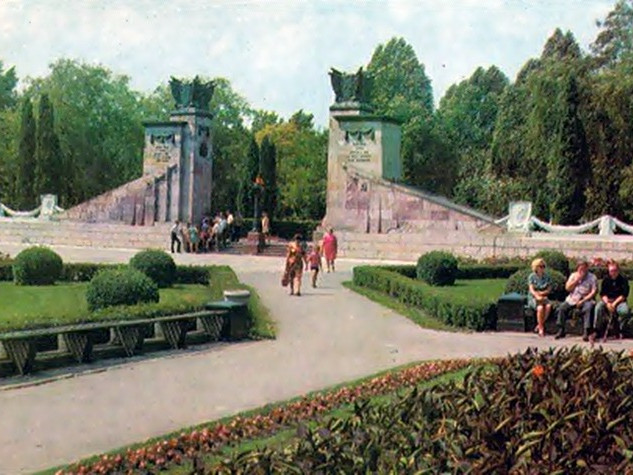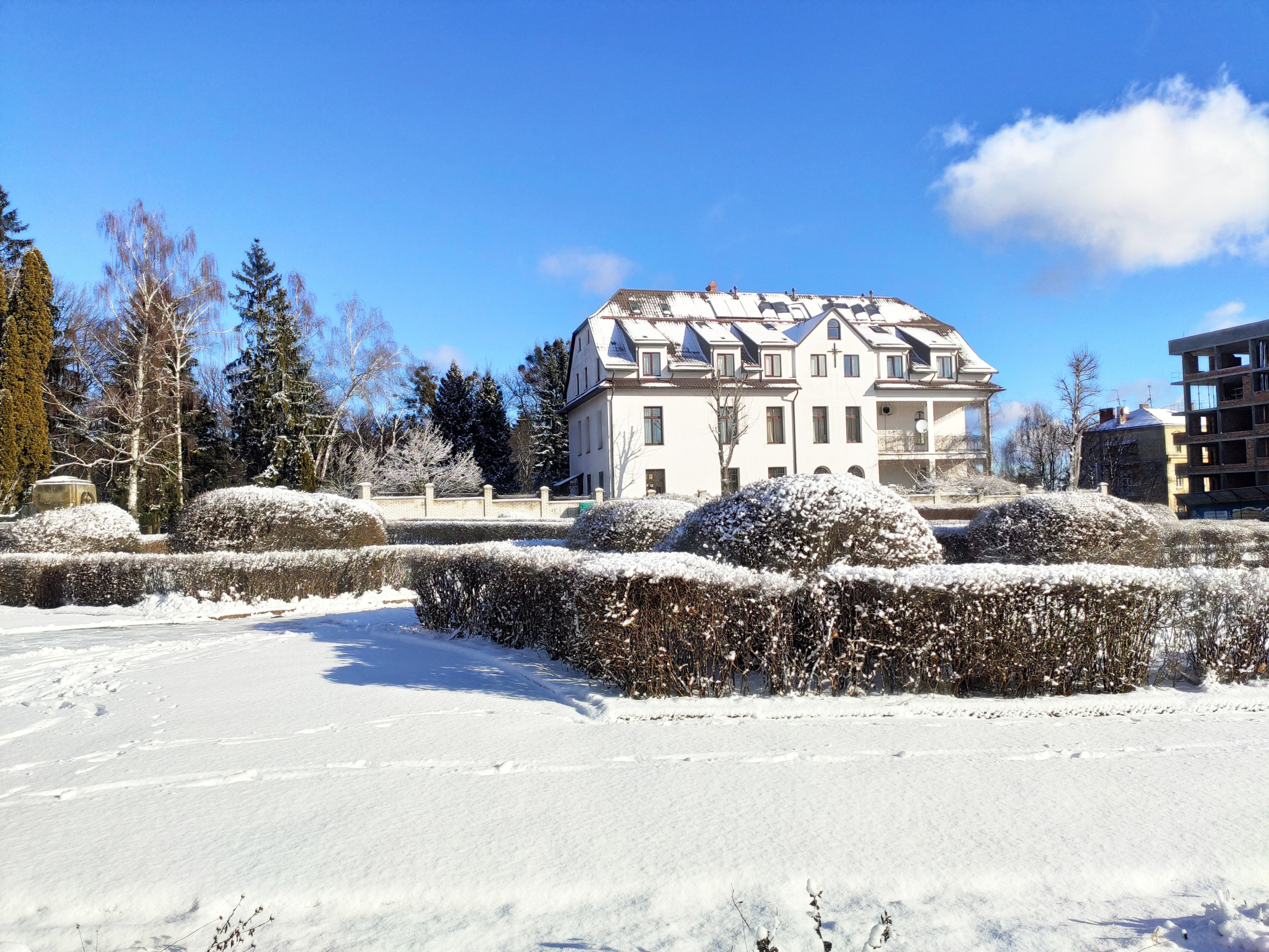Lviv is impressive. Impressive atmosphere, history, culture, traditions, legends. There are countless monuments of architecture, museums, temples, workshops, ancient buildings and beautiful parks. In the city of Leo, everyone can find something and everyone wants to come back here, and when they come back they can get new impressions and hear new stories.
There are innumerable locations in Lviv that are worth visiting, but due to some circumstances (neglect, far from city center, lack of PR), they remain incognito for the tourist. That is why we would like to tell you about one of them – Pagorb Slavy (The Hill of Glory)
Glory Hill is a memorial, a sad memory of two world wars, a place of silence and tranquility.
It is located at the beginning of Pasichna street, just a short walk from the final tram stop of tram № 1 and № 2.
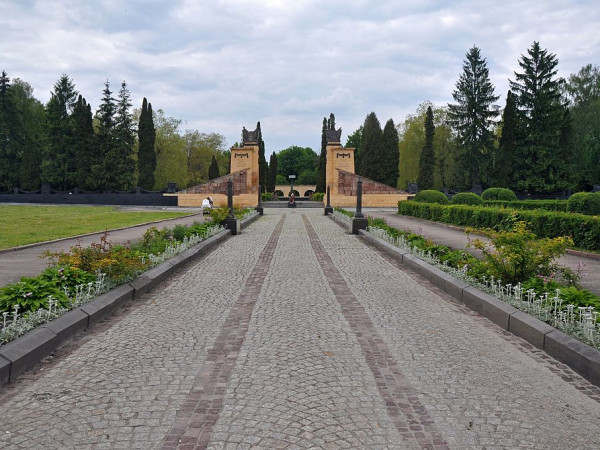
The park near the cemetery and the cemetery itself was created in 1915 during the occupation of Lviv by Russian troops. It is interesting that the site of the cemetery had to be the cathedral of the Ukrainian Greek Catholic Church, which was to become one of the largest in Lviv, as requested by the then Metropolitan, the most famous figure of the UGCC, Andrey Sheptytsky, but this was hindered by the war.
Construction of the park and the organization of the cemetery were carried out under the patronage of the wife of the second Russian governor of Galicia, the Ukrainophobe count - Bobrinsky Alexei. At the cemetery in the mass grave were buried and killed in the Galician battle of Russian soldiers, including 2023 Russians and 92 Muslims. The Muslim part of the cemetery was adorned with tombstones that had never been seen in the local area, but none of them survived.
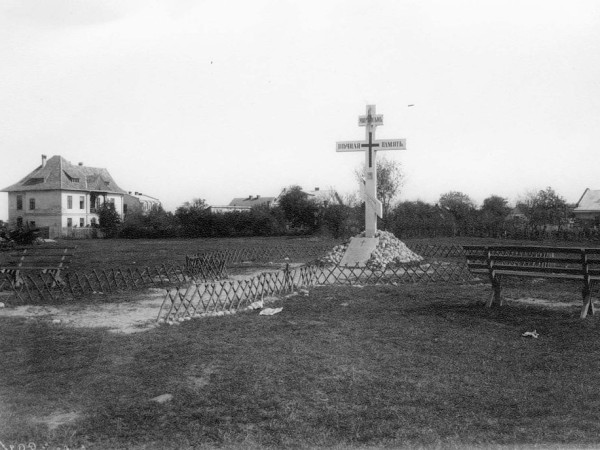
In the 1920s, during the occupation of Lviv by Poland, the cemetery was abandoned and in this state it remained until the end of World War II.
In 1922, Prince Karol Bogutsky tried to restore the cemetery and applied to the directorate of the commission for lustration of the cemetery of Russian soldiers in Lviv, but it turned out that during the exhumation of the graves, the number buried here was more than tenfold, and all work was stopped and locals and cattle were grazed by locals.
After the end of World War II and the coming to power in Lviv of the Soviet government, the cemetery was restored. Soviet soldiers were reburied and the ancient burial grounds of 1915 were partially restored.
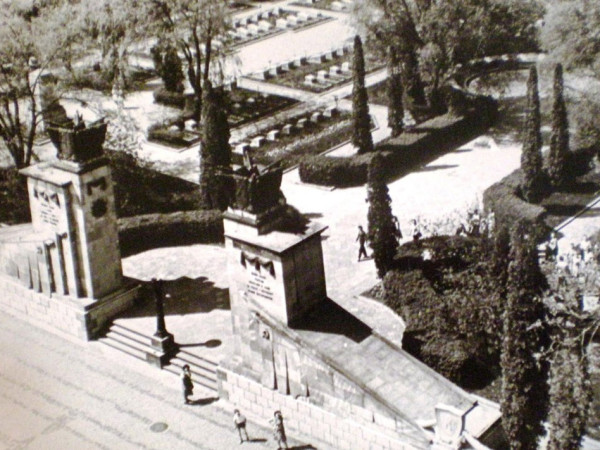
The foundation of the modern memorial was solemnly held on February 23, 1948. The authors of the project were architects G. Shvetsky-Vinetsky, A. Natalchenko and I. Persikov. It is interesting that the materials for the sculptures were made in Vienna, and the project was first of all conceived as a grandiose monument of victory over Nazism - it was planned to build wide stone steps from Pasichna Street up to the present burials on Mars Field (Mechnikova Street), however due to the complexity of the post-war period and bureaucratic red tape, the final appearance of the memorial was greatly simplified.
Actually, due to the lack of funds for the opening of the Memorial Hill of Glory, it took place 10 years later - on February 23, 1958.
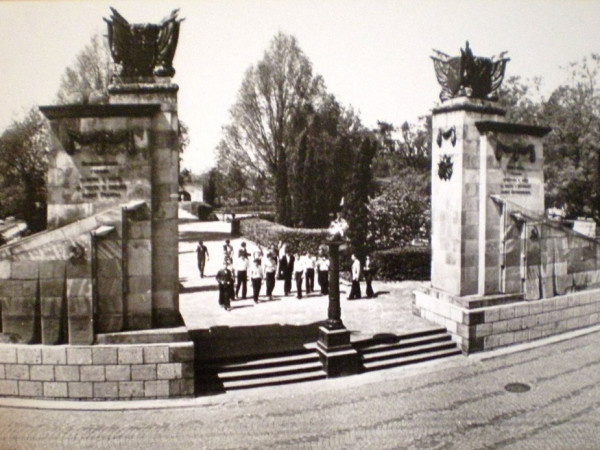
The territory of the memorial is a rectangle with two high pillars with commemorative inscriptions and a bowl with Eternal Flame at the entrance. At the corners of the memorial are massive monuments, around the perimeter - metal emblems of various branches of the Soviet army. Inside the cemetery is designed as a circle, around the perimeter of which are placed memorial plates with the names of the heroes of the Soviet army.
An obelisk was erected to commemorate the soldiers of the First World War; bronze sculptures of the Oath and Motherland (sculptor M. Lysenko) and the Warrior with the Flag (sculptor V. Forostetsky) are also above the graves. In front of the memorial is an alley and a recreation area with a garden.
Since 1991, the Memorial Complex has been included in the Lychakiv Cemetery Historical and Cultural Reserve.
Today, visitors to the memorial are mostly locals - in good weather the benches opposite the entrance are always occupied by the elderly and parents with children, as well as many vacationers with plaids can be found in the park at the back of the hill. Older people also often come here to lay flowers on May 9 in memory of the fallen during World War II.
This place will be interesting for those who want to see the atypical Lviv, are interested in Soviet architecture and the subject of the World Wars.
It should be added that from here there is a beautiful panorama of the city, both the central part and the areas with Soviet development.
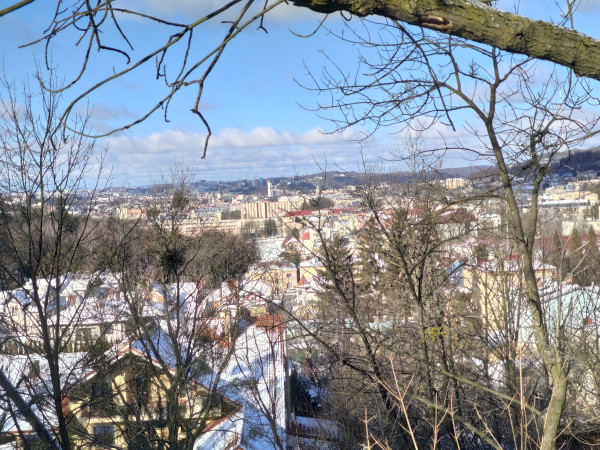
Glory Hill is a quiet place, open 24 hours a day. An example of Soviet monumentalism and a monument to the fallacies of war.
Address: Lviv, Pasichna street, 27.
Working Hours: 24 hours a day.
How to get there:
by tram № 1 and № 2 from “Market Square” stop to “Pasichna street“ stop (last stop) then walk along Pasichna Street (5 min).
From the Lychakiv Cemetery up the Mars Field, then up the Cheremshyna Street (15 min.)
